Sashiko is easy to learn and a lot of fun even for complete beginners | Common difficulties and how to overcome them
While there are difficult projects that require a certain level of expertise and mastering of the sashiko stitching technique, sashiko is easy to learn and can be a lot of fun for complete beginners.
Even if you are just starting out, you can create projects that you will still treasure years later.
Difficulties in sashiko
Even stitches (length & direction)
As a beginner, you may find it difficult to keep your stitches straight. This is nothing to worry about and after a couple of projects, you will probably wonder why you ever found it difficult to begin with.
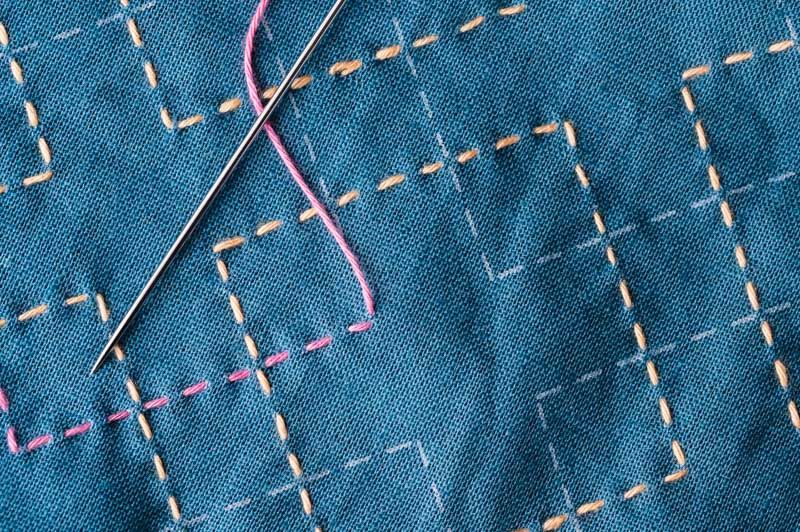
The same goes for the length of your stitches. Unless you are very talented, your stitch-length may vary a little bit as a newcomer. Same as with the straightness of your stitches, you'll find yourself wondering why that was ever an issue in the first place.
Here is some in-depth information on how to keep your sashiko stitches straight.
Difficult patterns
One fun aspect of sashiko is that there are seemingly endless variations of patterns to choose from. Some of these patterns are easy to understand and some are a little tricky.
Some patterns can be difficult to draw, while others may just be difficult when it comes to stitching. Some patterns simply make it hard to figure out the right stitching order.
Here, too, practice will make everything easier, so don't overreach on your first project.
I'm slowly building up a sashiko pattern library, if you need some inspiration.
Some patterns aren't really difficult in that they are complicated, but they take forever to finish, and that may pose a difficulty, too. You don't want to run out of enthusiasm halfway through your first project, do you?
If you are new to sashiko, choose a simple pattern like hitomekagome that you can finish within a couple of hours and you'll probably fall in love with the craft.
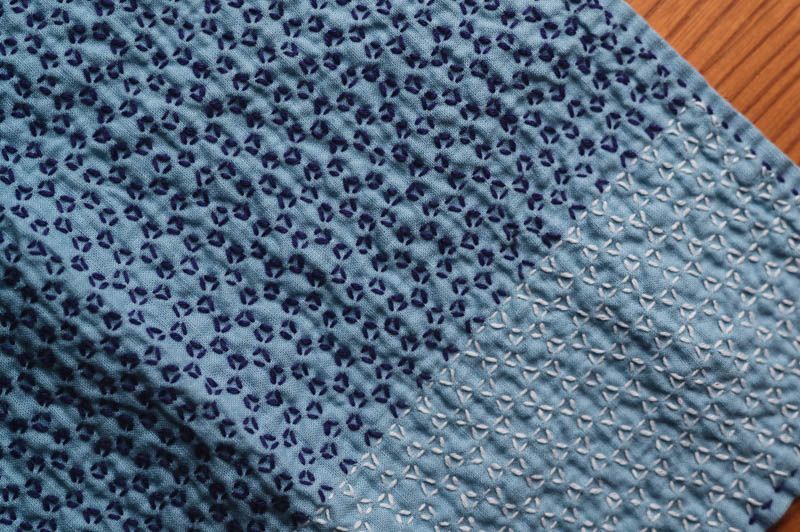
Cultural understanding
Sashiko has a long and interesting history. It is a cultural heritage of Japan and its complex history is dear to many people who practice it to this day.
For some Japanese people I have talked to, cultural appropriation is an issue. Sometimes products are called sashiko even though they hardly have anything to do with the craft. While some people don't mind at all, it's always a good idea to be mindful when it comes to other people's cultures.
How to bypass the most common difficulties
Choose the right pattern
If you want to enjoy sashiko right from the start, just choose a pattern that is simple to follow so you can concentrate on the stitches instead of the pattern.
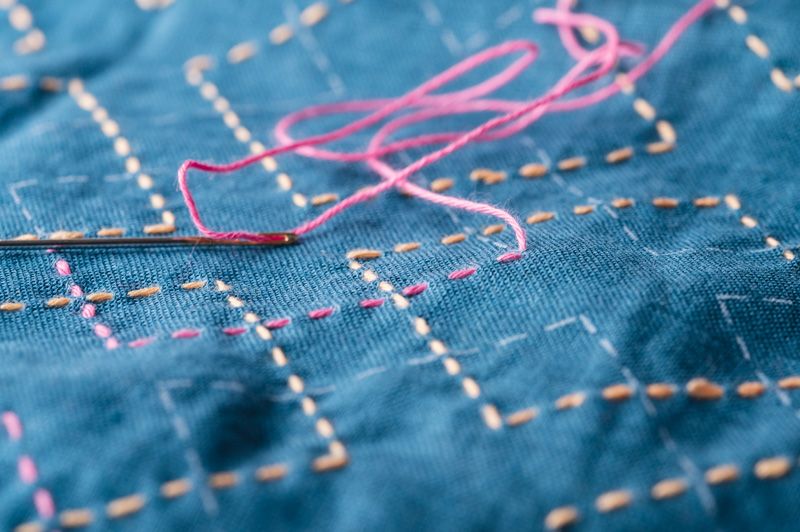
A complex pattern doesn't necessarily result in a more beautiful or functional product. Going for uncomplicated patterns, in the beginning, leaves you more room to concentrate on the stitching so you will probably progress faster and achieve better results down the line while having more fun stitching right from the start.
Use a printed pattern
If you want to finish your first project with as much assistance as possible, buying a sashiko kit with a pattern already printed on the fabric is a great choice. The pattern can usually be washed off after stitching so there is no way to tell the finished project apart from projects without ready-to-stitch-patterns on them.
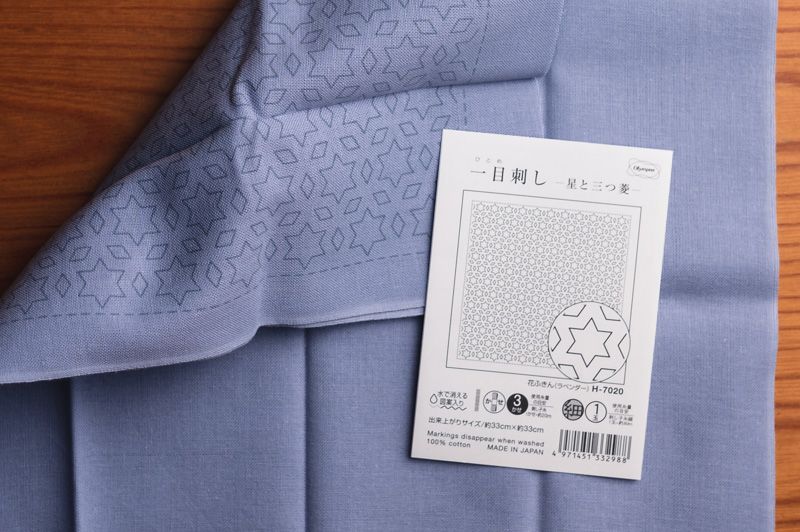
Often, the printed patterns show exactly how long your stitches are supposed to be to achieve the typical sashiko look. This way your hands and your eyes can get used to stitching sashiko. This can help you immensely when you switch to drawing your own patterns on your fabric.
Daruma has a nice selection of pre-printed patterns and they come with English instructions:
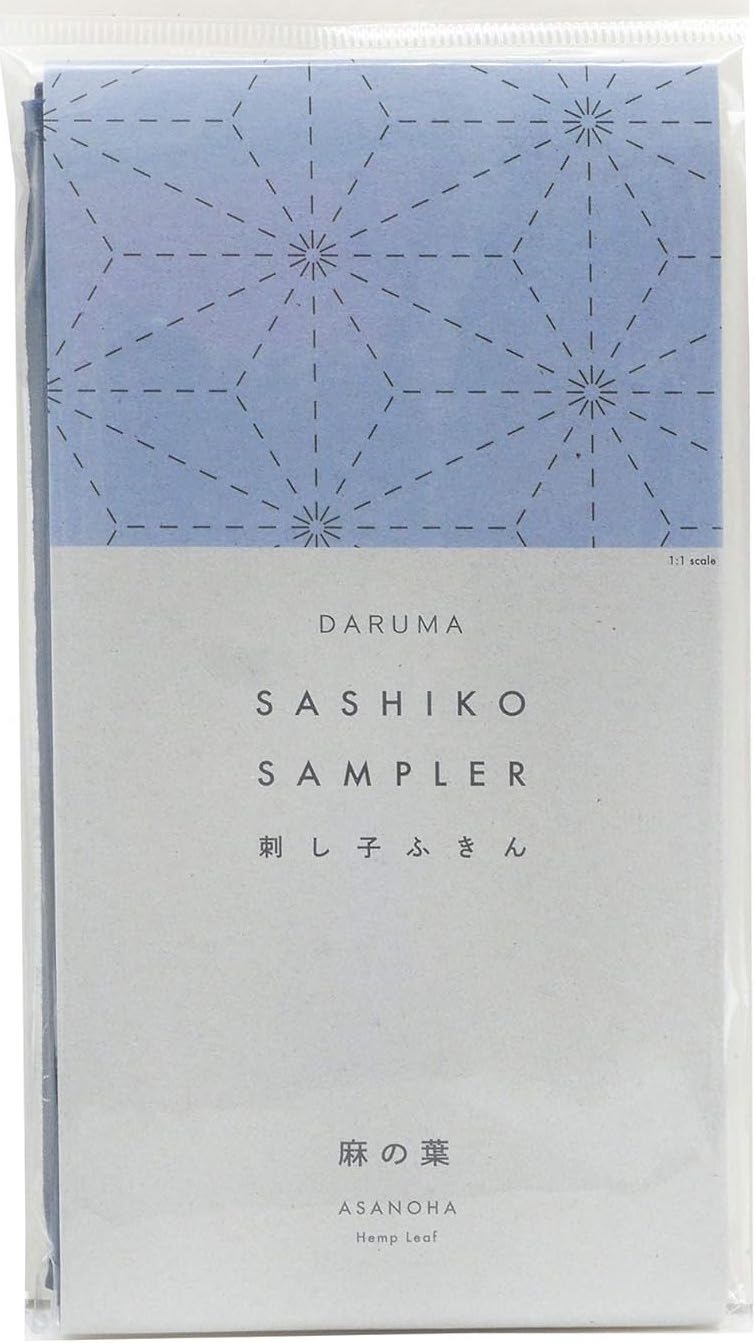
Pre-printed fabric by Daruma
If you want to do sashiko, but you don't want the hassle of drawing the pattern yourself, Daruma offers fabric that has the pattern printed on it, but the lines wash out when you've finished stitching. Super easy!
Use a good needle
You'd be surprised how much the right tool can influence not only how fast and evenly you stitch, but also whether you enjoy stitching.
When I started out, I did buy sashiko needles relatively soon (after bending several non-sashiko needles). But maybe I bought a bad batch or cheap needles. I can't remember which needles I bought, but after doing sashiko for several years I switched to different needles.
Maybe several years of countless stitches had made the needles blunt? Anyway, I couldn't believe how much easier and much more enjoyable this simple upgrade made my sashiko life!
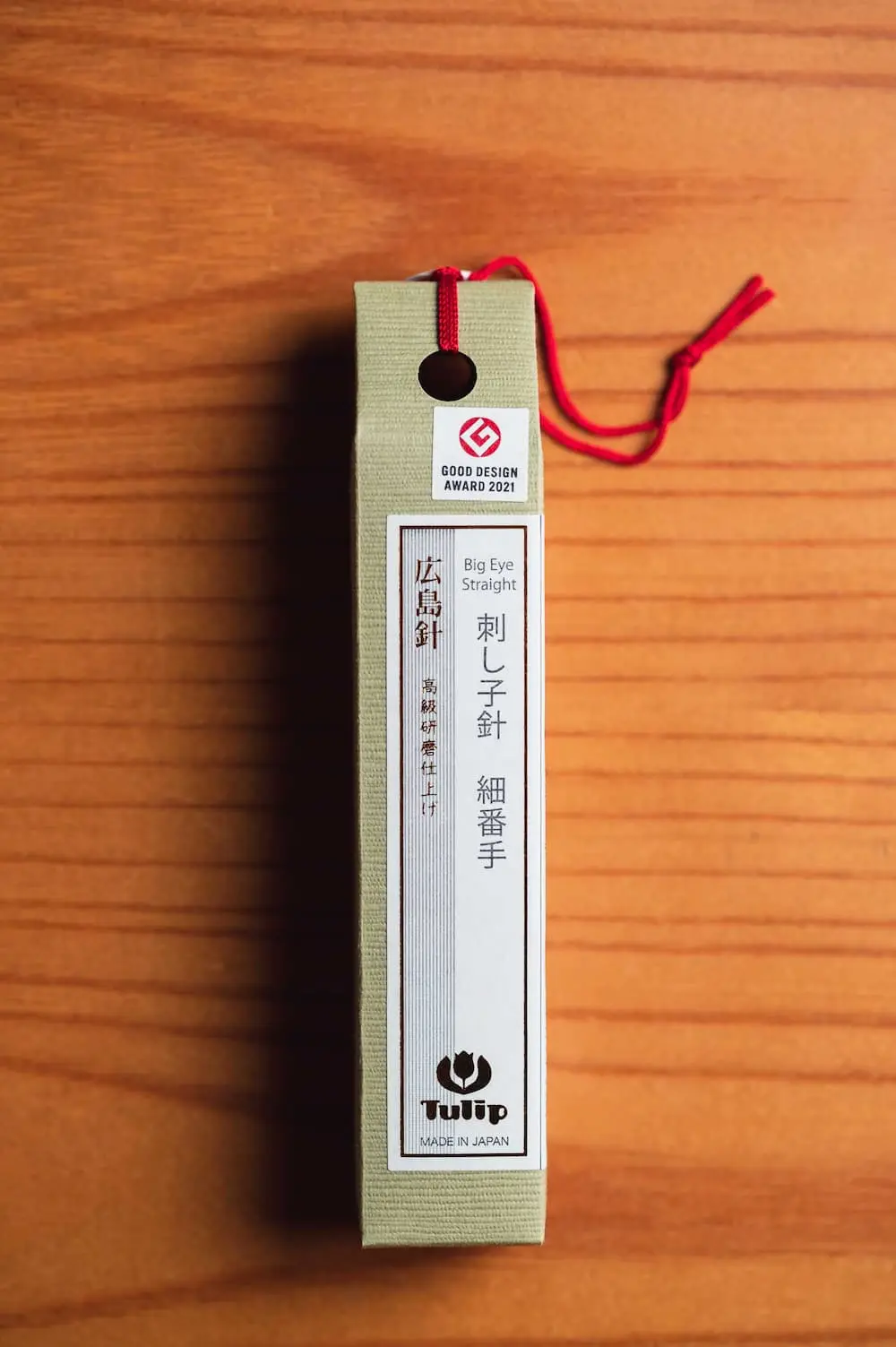
Big Eye Straight Sashiko Needles by Tulip
My favorite sashiko needles by far. Glides smoothly, super pointy and has a big eye. You probably guessed that...
Good needles are an affordable, worthwhile investment!
Embrace imperfections
Sashiko's original purpose was rather practical:
It was used to extend the life of clothes, make them warmer or help ward off evil spirits. The different design patterns only evolved over time. But embellishment was not its intended original purpose.
Without the need to make clothes better, sashiko would not have evolved into its present form. And sashiko was cherished more for its functionality than its beauty. Sashiko didn't have to be perfect, it had to be practical.
Don't think your sashiko has to be perfect to be lovable. There is a famous idiom in Japanese:
一期一会
ichi go, ichi e
Its literal meaning is: “one time, one encounter.” This seemingly simple term means that every encounter can happen only once. If we meet today, we may again meet tomorrow, but we will not be the same persons. There is only one chance for everything.
If you apply this concept to sashiko, it means that the sashiko you create today can only be created today. You will never be able to make exactly the same, because your skill level, your mood, your surroundings, everything will have changed. So embrace your sashiko's imperfections. It is unique and therefore perfect as you create it.
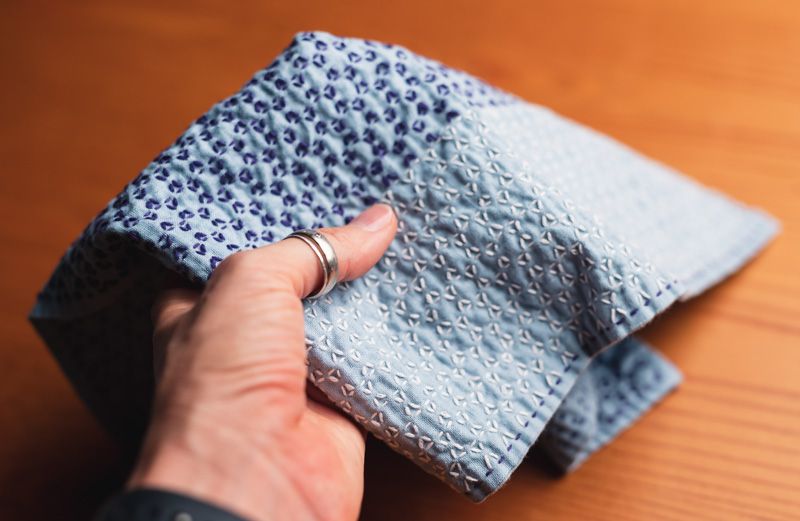
Learn on the internet
There are so many resources on the internet that can help you when you are just starting. If you get stuck, just read up on it or ask someone on a forum. There is no need to figure everything out by yourself.
Youtube, blogs and online courses all are valid ways to improve your sashiko and not taking advantage of all the available resources would honestly be a waste.
Just remember that all the information in the world won't help you improve unless you actually apply your knowledge and practice a little.
Find stitching friends
Sashiko is a great hobby that you can do all by yourself. But nothing beats having other people that are into sashiko. You can stitch together or just talk about sashiko. Maybe you'll make a friend while you're out and about stitching because of sashiko? Sharing ideas and inspiration is one of my favorite things about sashiko. Maybe it will bring you joy, too?

Embrace all aspects of sashiko
Simply put, sashiko is a stitching technique.
But if you learn about its history and the changes it underwent over time, about the different sashiko traditions in different regions of Japan, and the meaning it had for different people over the course of time, it will grow into something much more than just a stitching technique.
Sashiko will probably be something a little different for you than it is for me. Most likely, it will be something a little different for everyone.
The stories and wishes you weave into your patterns, the way people interact with your sashiko, what you learn about sashiko – everything will influence what sashiko is and can be for you. Just keep an open mind and keep an open heart. Embrace all aspects of what sashiko is to get the most out of it.
No matter what sashiko is to you, I hope you find joy in it! I certainly do.
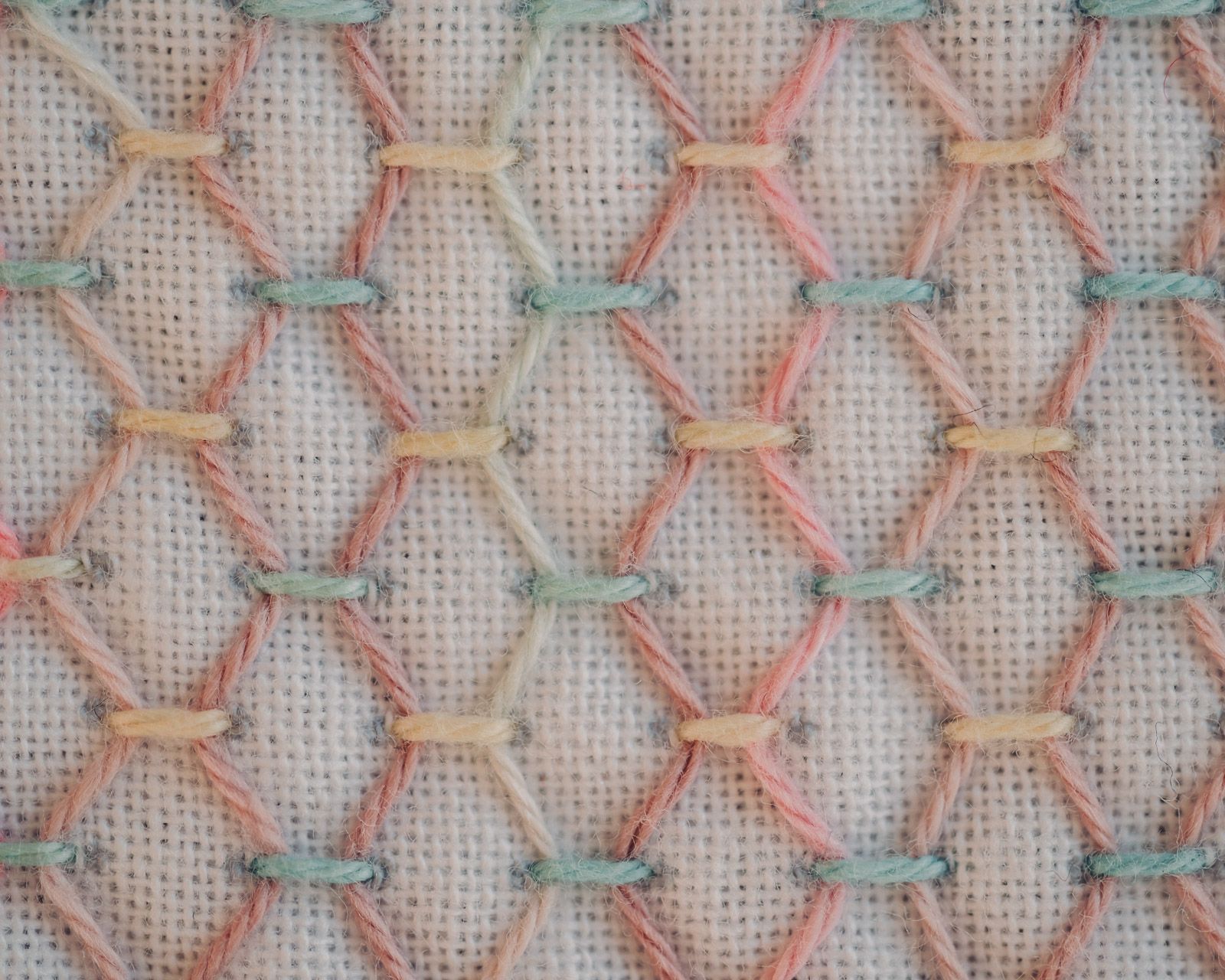


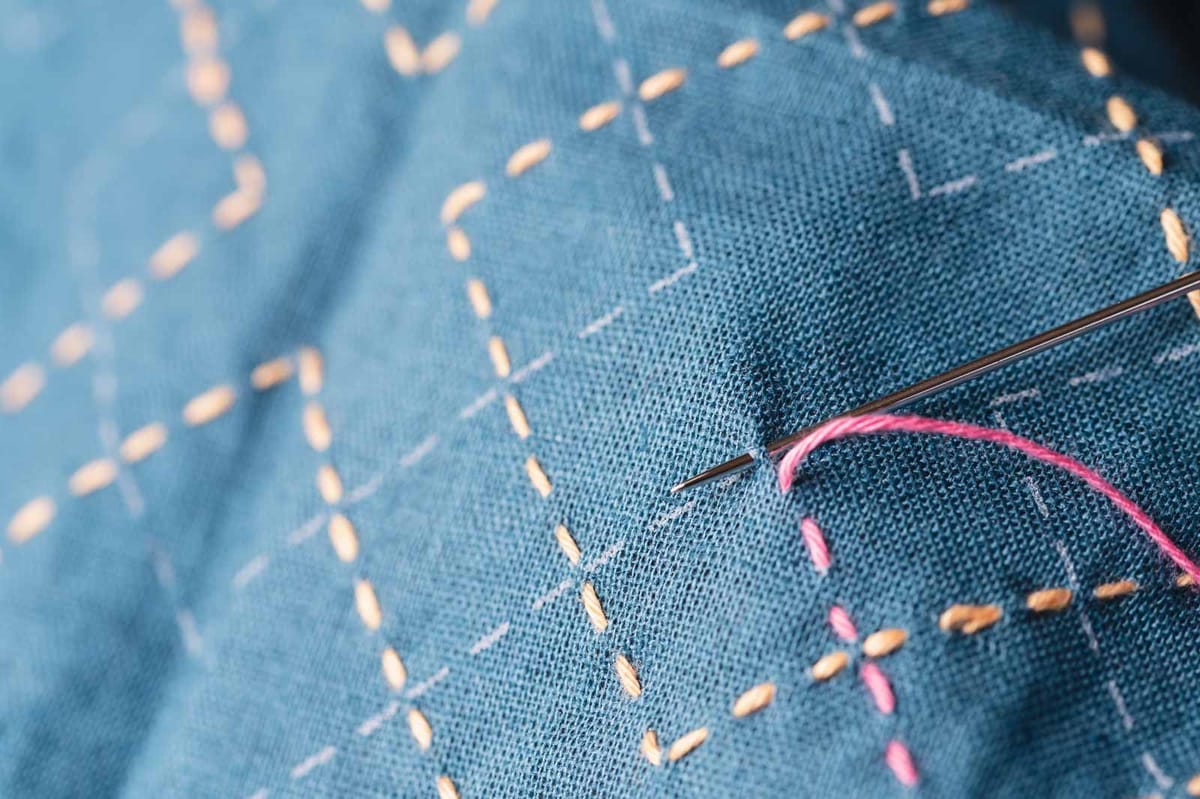

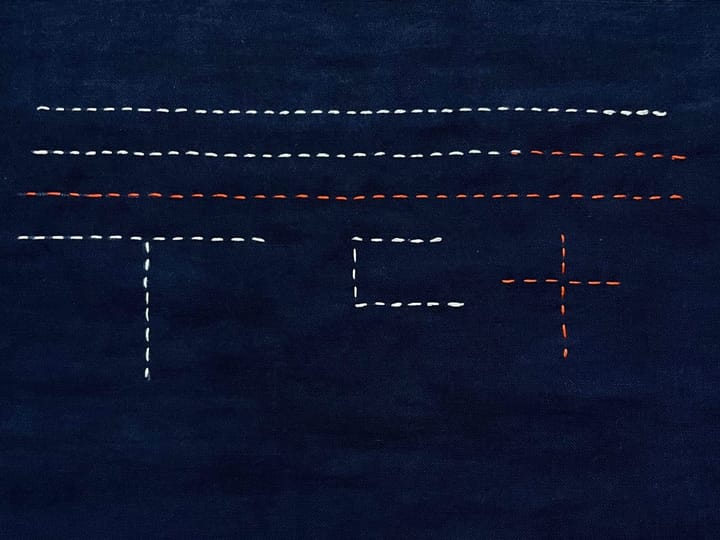
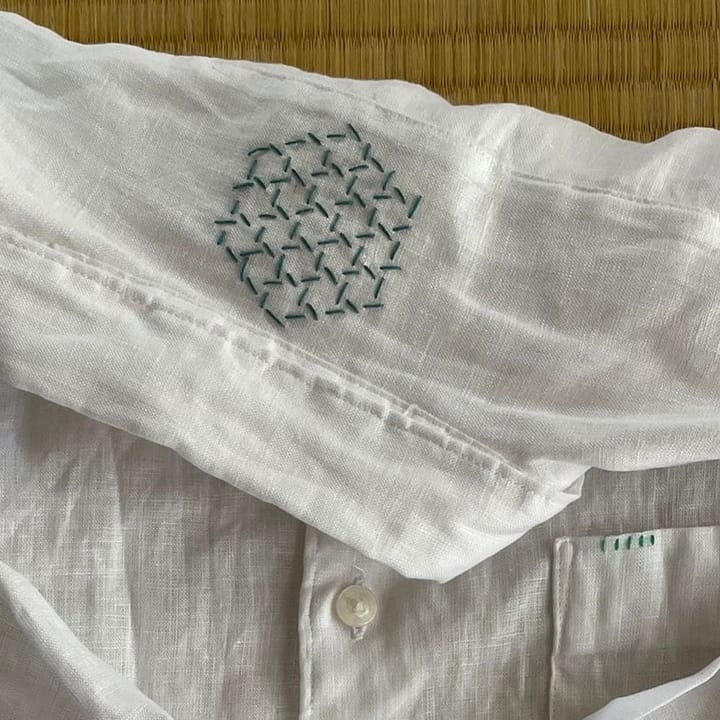
Comments ()